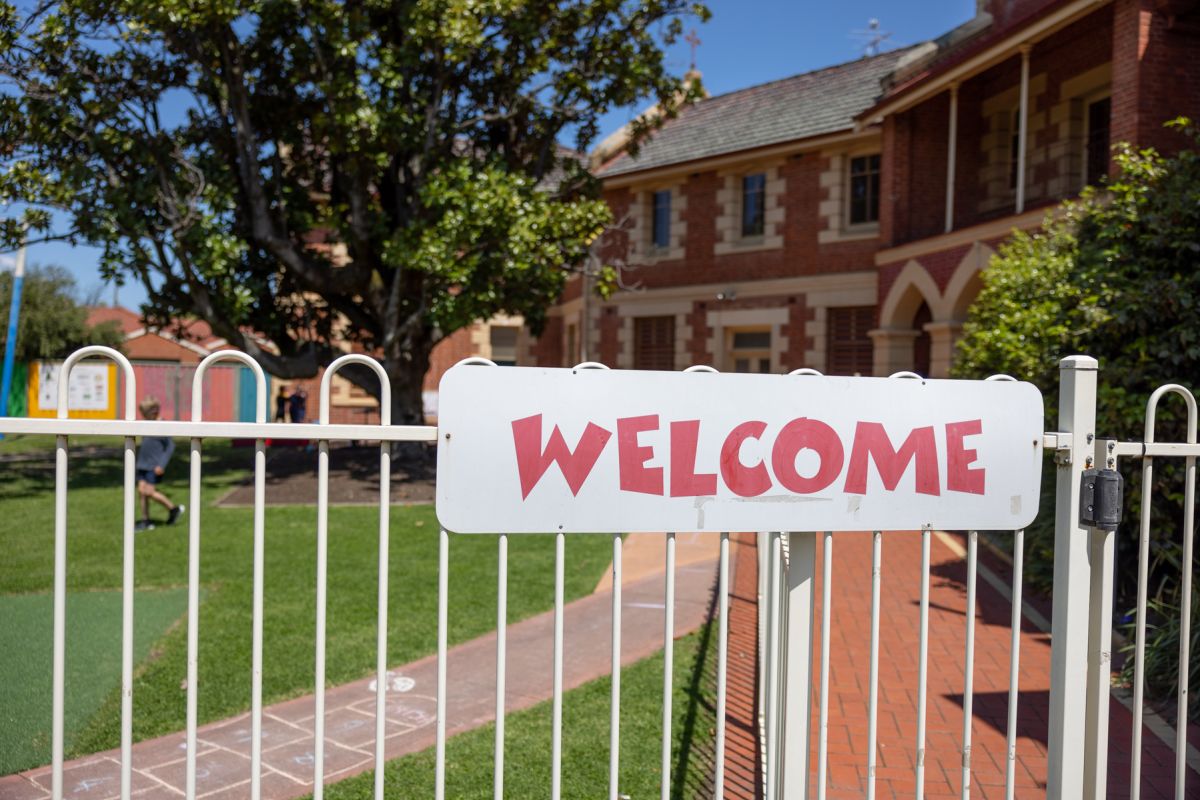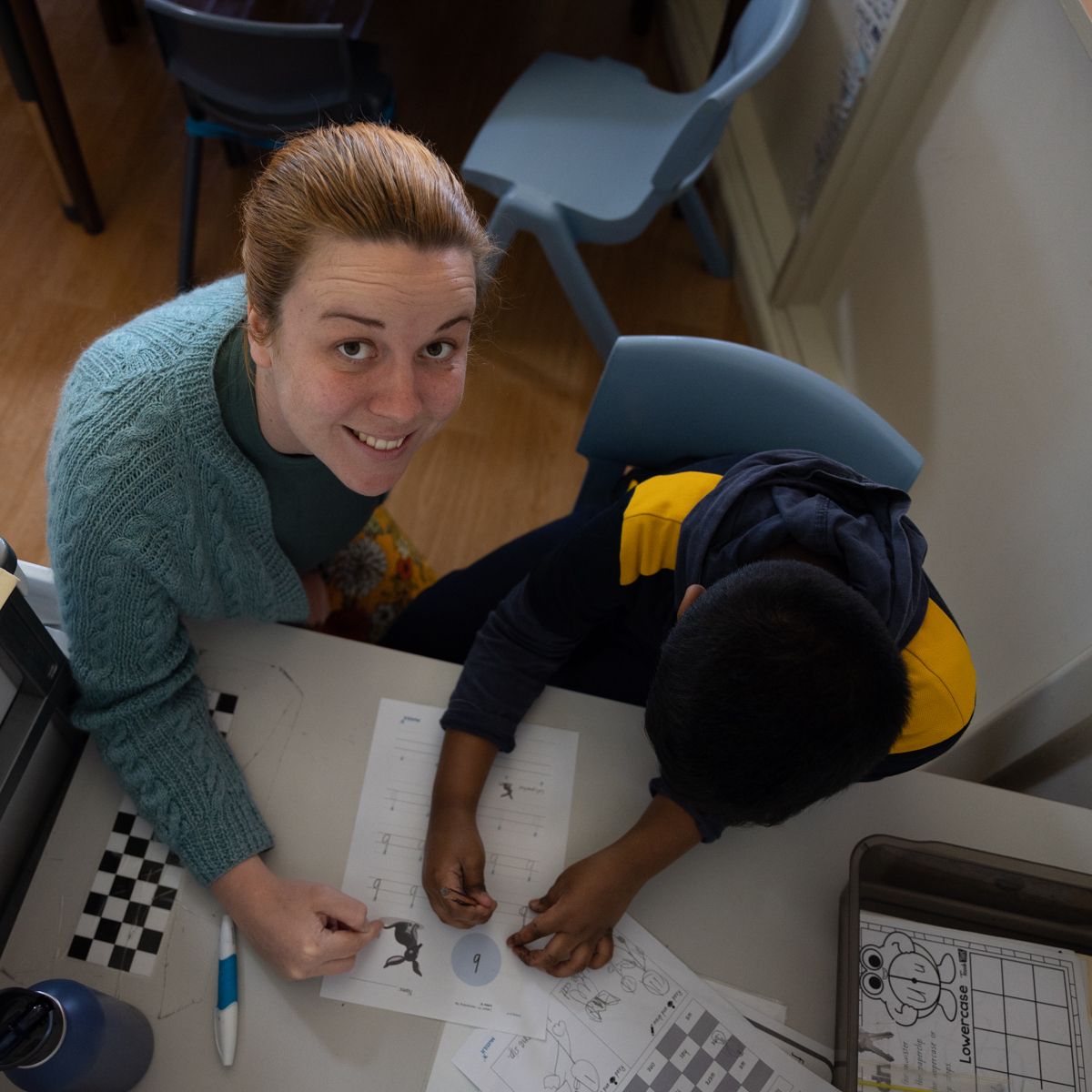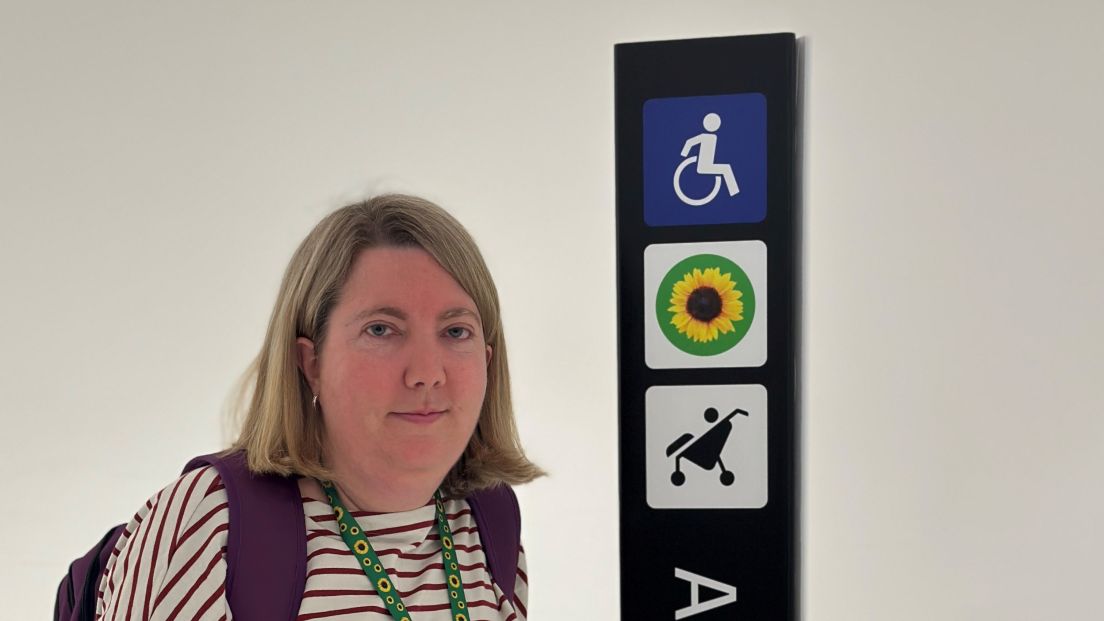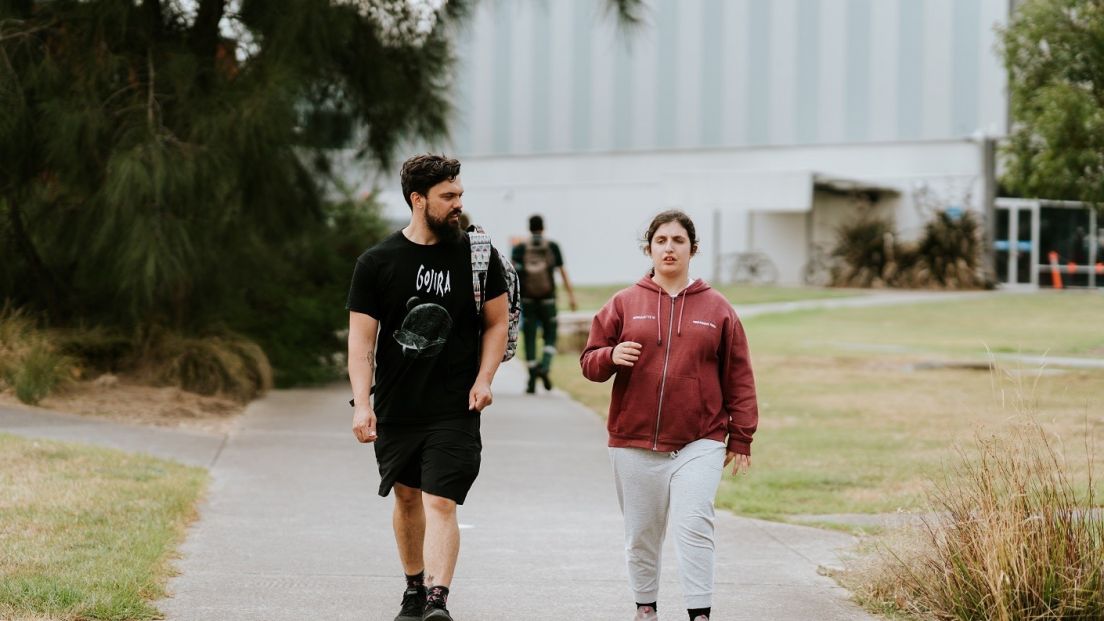As we come to the end of the school year, children on the autism spectrum may be feeling overwhelmed by the many changes that will happen over the next few weeks and into the start of the new year.
In our daily life we all experience change, such as changing activities, or going to different places. Another word to describe change is transition. Transition is a word often used by schools and other professionals to talk about changes in routine and the ability to stop one activity and start another.
Some people on the autism spectrum find change and transitions more challenging than others. Transitions may appear more difficult on some days or in some places due to other pressures and expectations. Each young person will cope with transitions and change in a different way. Your child may encounter the following transitions:
- Change to class routine
- A different classroom
- Change to teacher
- Starting preschool
- Starting primary school
- Changing class/grade level
- Changing schools
- Leaving primary school for high school
- Transition from school to work life
The following ten tips may help to support your child during these times of transition.
- Develop a transition plan.
A transition plan is a written plan to support changes to routines and/or the environment. It is important to plan for transitions as much as possible to increase success. Transition plans can be brief or highly detailed, depending on the needs of your child and the type of transition you are planning. Well developed transition plans may support your child to successfully manage changes and transitions. Transition plans are best developed in collaboration with your child (if appropriate), yourself, the current school and the receiving school. Identify a key support person that your child can go to with any questions and ensure the support person knows the plan and the supports required. - Create visual supports.
Visual supports provide a visual reference that can be used as often as needed, and can support people on the autism spectrum with skill development, communication and increased independence. They may include real objects, printed images, videos, line drawings and written words. You can create a visual schedule or a weekly timetable for your child. Learn more here - Visit the new classroom or school several times in the school holidays.
Doing this before the school term starts will help familiarise your child with the environment without the noise and crowds. On the visit you could point out to your child different spaces they may access and how to use them, i.e. “This is a canteen. At lunchtime you can buy a treat from here with money I give you. When you go to the canteen you need to line up behind the yellow line and wait for your turn.” - Meet the teacher in advance of the school year starting.
You can discuss your child’s strengths and interests, ways to best support them and preferred communication styles. It is important to work in partnership with your child’s school. - Practice traveling to school together.
If it is via bus, show your child how to enter the bus, use their bus pass, where to sit and when to get off the bus. - Focus on your child’s strengths and interests.
- Highlight what is staying the same.
There may be many changes occurring but there will be many things staying the same. - Teach skills to help support a successful transition.
Teach your child how to wear the school uniform, open their own lunchboxes/packets, use a public toilet (i.e. boys not pulling pants to ground), read a timetable, use a locker, have social interactions with friends. - Role play.
Assist your child in practicing to talk about what they have done in the holidays so they can talk to their friends, print out a few photos from your break to prompt your child if this will help. - Take photos of the new environment.
Your child can look back on these images to help familiarise themselves, remember where items are located or identify a quiet space.



